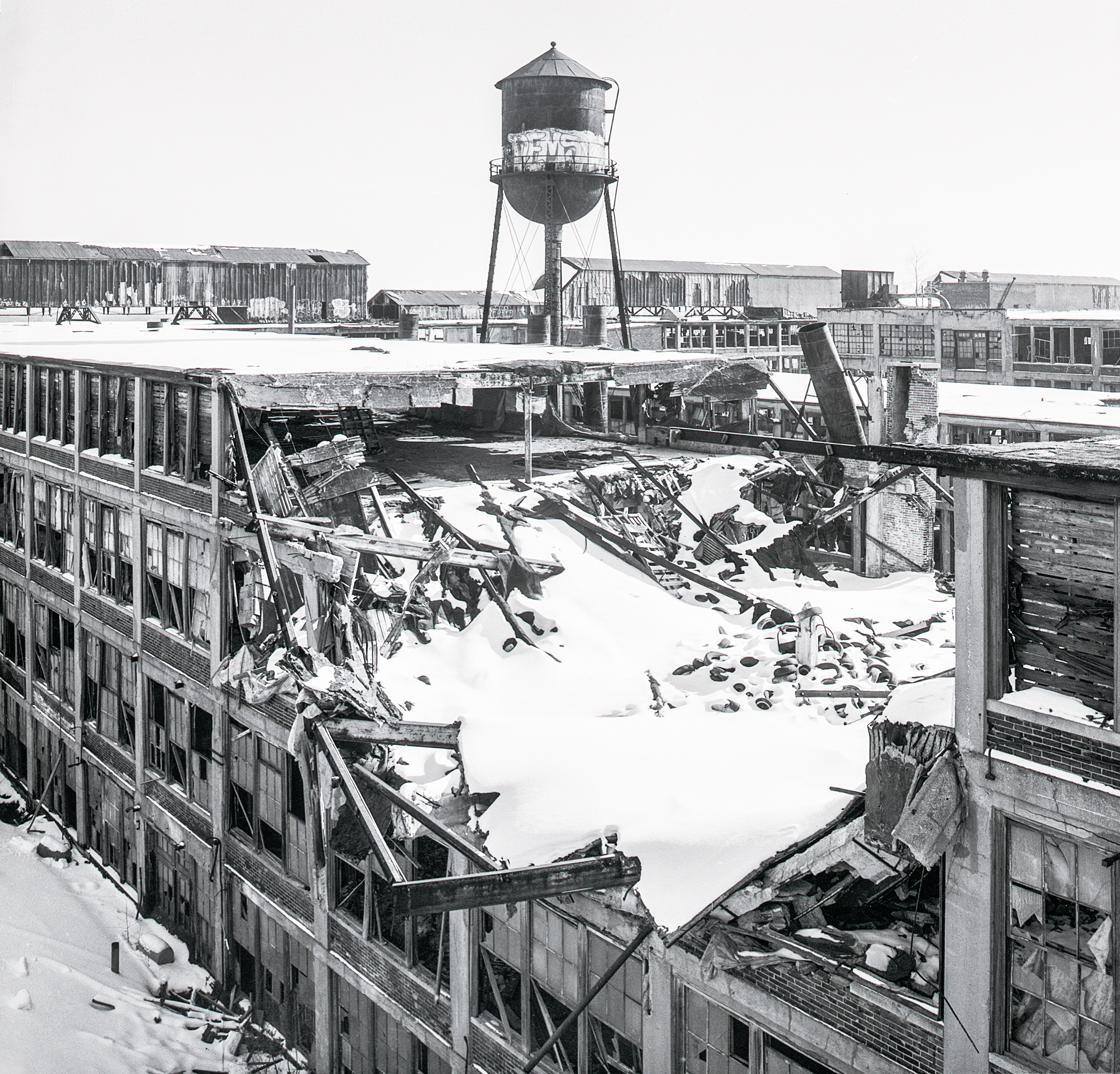DETROIT
 Packard Luxury Auto Manufacturing - Michigan
Packard Luxury Auto Manufacturing - Michigan Packard Plant Collapse - Michigan
Packard Plant Collapse - Michigan
 Packard Plant Collapse - Michigan
Packard Plant Collapse - Michigan Packard Plant - Michigan
Packard Plant - Michigan
The Grand Army of the Republic building - built 1899
Photograph 2016
Designed by Julius Hess, the structure exemplifies the Richardsonian Romanesque style. This 19th-century architectural movement, known for its fortress-like appearance with rounded arches and rough-cut stone, found a perfect application in the GAR building

Originally intended as a meeting place for Civil War Union veterans, the building’s very design honored their service and sacrifice with its castle-like grandeur. Despite dwindling membership in the GAR, the building itself has endured. Vacated in the 1930s, it found new uses over time and was eventually revitalized as a restaurant that unfortunately did not survive the pandemic.
Today it sits unused, for sale, and holds a place on the National Register of Historic Places.
Fisher Body
Specializing in automobile bodies, the plant played a crucial role in meeting the growing demand for cars during the 1920s and 1930s. The plant contributed significantly to the production of popular models from Chevrolet and Buick, showcasing innovative manufacturing techniques and high-quality craftsmanship.During World War II, the Fisher Body 21 plant was repurposed to support the war effort, shifting from civilian automobile production to manufacturing military vehicles and equipment. This transformation was part of a broader national effort to aid the Allied forces and highlighted the plant's adaptability and importance during a pivotal time in history.
 Fisher Body HQ - Michigan
Fisher Body HQ - Michigan Fisher Body Plant 21 - Michigan
Fisher Body Plant 21 - Michigan





![]()
Michgan Central Station
In December 1913, less than a year after Manhattan's Grand Central Terminal opened, Detroit unveiled Michigan Central Station, a neoclassical transportation hub that saw 4,000 daily passengers at its peak.Both stations were designed by the same Beaux Arts architects, Warren & Wetmore and Reed & Stem, but their fates diverged. Michigan Central closed in 1988 and fell into decay. Ford Motor Company purchased the building in 2018, and with over 3,000 artisans involved, the station has been revived as a tech and cultural hub.
The Grand Hall's 29,000 Guastavino ceiling tiles have been re-secured with miles of new grout, and a glass roof now shelters the original brickwork in the south concourse. Stonework, lighting, and period details throughout the station have been meticulously restored, the result of 1.7 million work hours. Ford emphasizes that the team poured their love for Detroit into the project, which will "shape the future of the Motor City."
 Michgan Central Station - 2016
Michgan Central Station - 2016
Michigan Central Station - 2016 (reopened 2024) Detroit Book depository below.

Michgan Central Station - 2016
